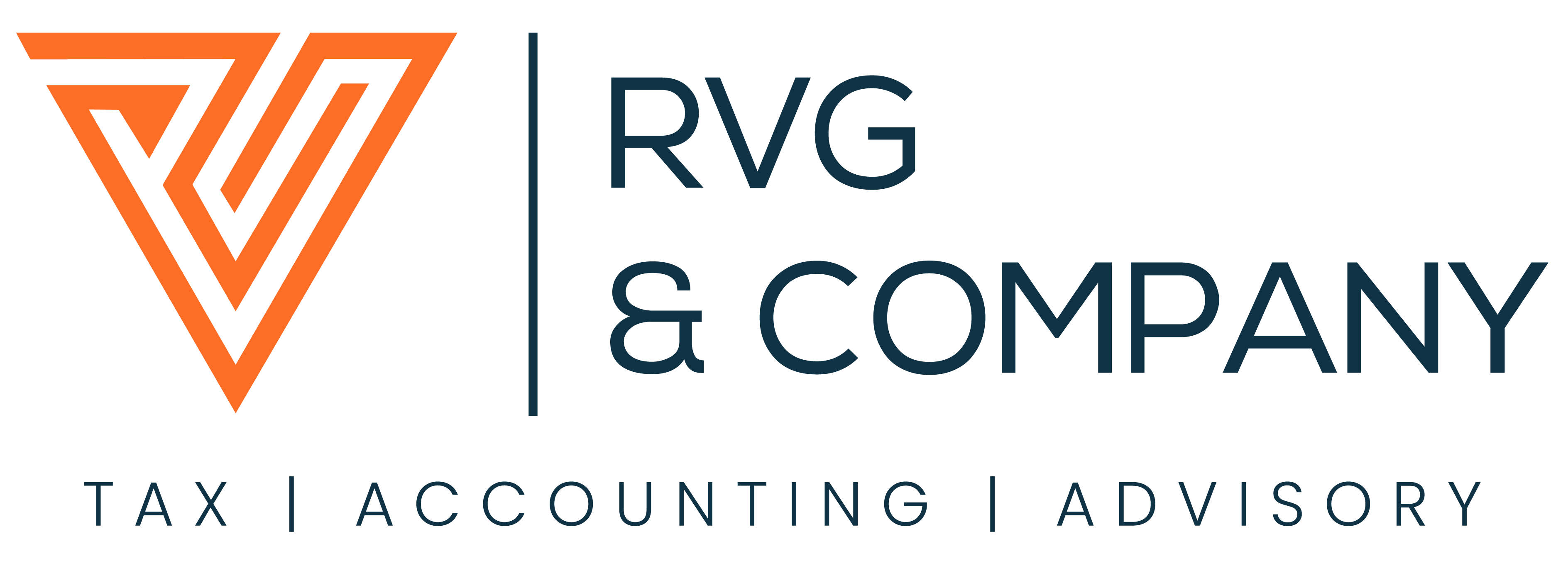Congress passed the Tax Cuts and Jobs Act on December 20, 2017, marking the most comprehensive overhaul of the tax code since 1986. The new law will go into effect on January 1, 2018, and contains major changes for individuals and businesses. This article is a summary of the key changes to businesses. The changes affecting businesses are significant and are made permanent.
CORPORATE TAX RATE
Reduced to a flat corporate tax rate of 21%; down from graduated rates as high as 35%. Personal service corporations are no longer subject to a special rate.
PASS-THROUGH BUSINESS INCOME
Introduces a new 20% deduction for “qualified business income” from an S corporation, partnership, or sole proprietorship. The deduction does not apply to specified service businesses unless the taxpayer’s taxable income is below the threshold amounts of $157,500 for single filers and $315,000 for jointly filed returns.
The deduction for service businesses starts to phase out at the threshold amount of $157,500 for single filers ($315,000 for married filing jointly) and is completely phased out at $207,500 for single filers ($415,000 for married filing jointly).
A specified service business is any trade or business involving the performance of services in the health, law, financial services, consulting, athletics, brokerage services, OR any business where the primary asset of the business is the reputation or skill of one or more of its employees or owners.
Also, businesses that involve the performance of investing, investment management trading, securities dealings, partnership interests, and commodities are considered specified service businesses.
The 20% deduction is also subject to wage limitations. The W-2 wage limitation does not apply if the taxpayer earns less than $157,500 for single filers and $315,000 for married filing jointly. Specifically, the deduction cannot exceed 50% of the partner, sole proprietor, or shareholder’s share of the W-2 wages paid by the business during the year.
Alternatively, the limitation can be computed, using 25% of taxpayer’s share of total W-2 wages plus 2.5% of the unadjusted basis of property, used in the production of income. The unadjusted basis is computed as the amount immediately after acquisition.
As a general, high-level example, the deduction works as follows:
Shareholder 1 is a 60% shareholder in XYZ manufacturing company (a company not defined as a specified service business). Shareholder 1’s share of taxable income during 2018 is $500,000 and his share of total W-2 wages is $150,000. Shareholder 1 will receive a deduction equal to the lesser of:
1. 20% multiplied by Shareholder 1’s share of taxable income. In this example, 20% of $500,000 = $100,000 OR
2. 50% of Shareholder 1’s share of total W-2 wages. In this example, 50% of $150,000 = $75,000.
Therefore, Shareholder 1 can take a deduction equal to $75,000.
DIVIDEND RECEIVED DEDUCTION
Corporations that receive dividends from other corporations are entitled to a deduction for dividends received. This deduction is reduced from 80% to 65% for corporations that own at least 20% of the stock of another corporation and is reduced from 70% to 50% for a corporation that owns less than 20% of the stock of another corporation.
ALTERNATIVE MINIMUM TAX (“AMT”)
The corporate AMT is repealed for tax years beginning after December 31, 2017.
SECTION 179 EXPENSE
Increases section 179 expensing to $1 million and increases the phase-out to $2.5 million. For years after 2018, these amounts are indexed for inflation.
FULL EXPENSING FOR CAPITAL INVESTMENTS
One hundred percent bonus depreciation is allowed for qualified property acquired after September 17, 2017, and before January 1, 2023. The bonus depreciation amount is reduced to 20% after January 1, 2023. Also, the one hundred percent depreciation is not allowed for both new and used property.
DEPRECIATION RECOVERY PERIODS
Straight-line depreciation for most real property remains at 39 years for nonresidential real properties and 27.5 years for residential real properties.
The separate definition for qualified leasehold improvement, qualified restaurant, and qualified retail improvement property are removed and categorized under one general 15 year, straight-line recovery period called Qualified Improvement Property.
NET OPERATING LOSSES (“NOL”)
NOL carrybacks are repealed after 2017 with the exception of a special two-year carryback for certain losses incurred in the farming trade or business. NOL’s can now be carried forward indefinitely, but are subject to utilization each year equal to 80% of the taxpayer’s taxable income for losses arising in years beginning after December 31, 2017.
MEALS AND ENTERTAINMENT DEDUCTION
Deduction for entertainment expenses is 100% disallowed. No deduction is allowed for entertainment, amusement, or recreation activities, facilities, or membership dues relating to such activities.
The 50% deduction for meals associated with operating a business is retained and expanded to include meals provided through an in-house cafeteria, or otherwise on the premise of the employer.
SECTION 199 DEDUCTION (“DPAD”)
For years beginning after December 31, 2017, the DPAD is repealed for non-corporate taxpayers. The DPAD is repealed for corporate taxpayers for years beginning after December 31, 2018.
RESEARCH AND DEVELOPMENT TAX CREDIT
Credit is retained.
WORK OPPORTUNITY TAX CREDIT
Credit is retained.
LIKE-KIND EXCHANGES
Favorable section 1031 gain deferral treatment will only be available for real property that is not held primarily for sale.
INTEREST EXPENSE LIMITATION
Limit’s the deduction for interest expense incurred by a business to 30% of the adjusted taxable income. Adjusted taxable income is calculated as taxable income before depreciation, amortization, and depletion deductions.
BUSINESS LOSSES
For years beginning after December 31, 2017, and before January 1, 2026, a new restriction is placed on the excess business losses of noncorporate taxpayers. Excess business losses deducted each year for noncorporate taxpayers are limited to $500,000 for married filing jointly and $250,000 for single filers.
In general, under the new rules business losses in excess of the $500,000 ($250,000) limitations cannot offset nonbusiness income. Excess losses not taken in the current year would be carried forward as a net operating loss.
CASH ACCOUNTING METHOD
In general, corporations or partnerships with a corporate partner may now use the cash method of accounting if its average gross receipts for the three prior years do not exceed $25 million.
ACCOUNTING METHOD – INVENTORY
In general, businesses with average gross receipts for the prior three years of $25 million or less can use the cash method of accounting even if the business has inventory.
EXCLUSION FROM 263A
For years after December 31, 2017, businesses with average gross receipts for the prior three years of $25 million or less are exempted from the application of 263A.









